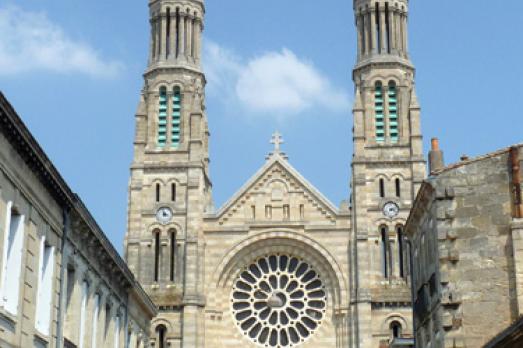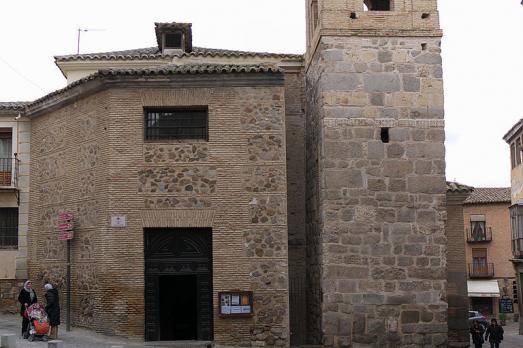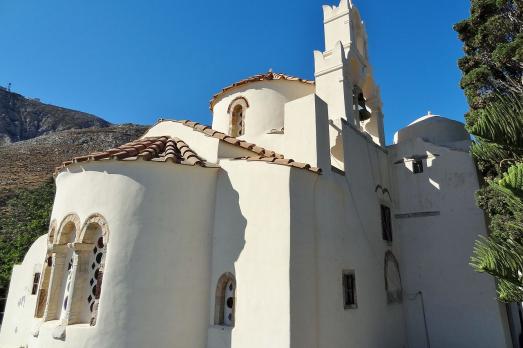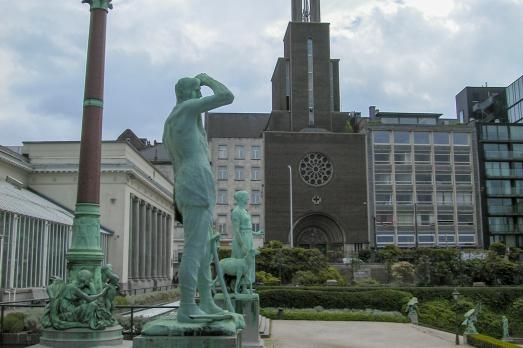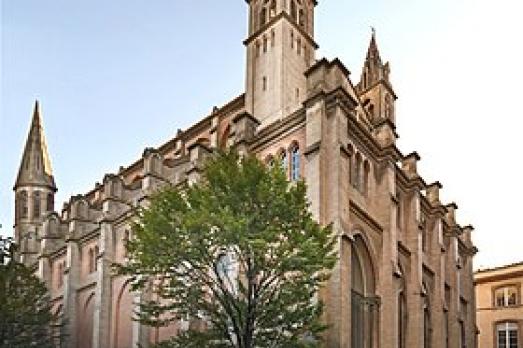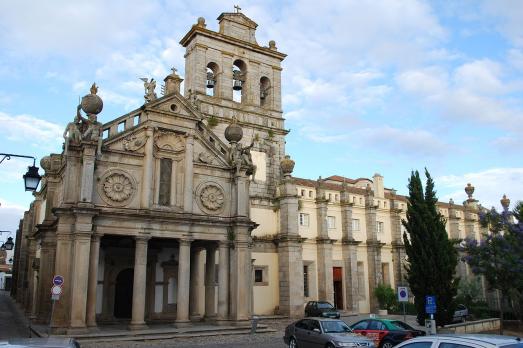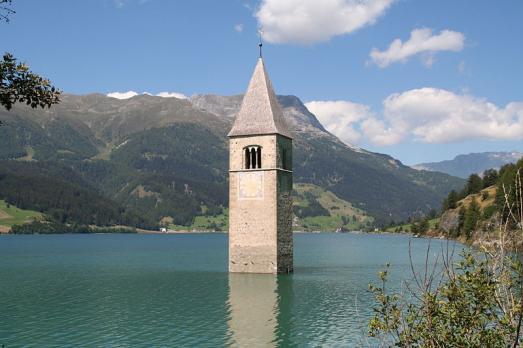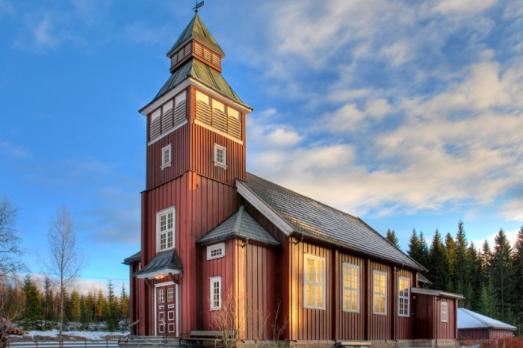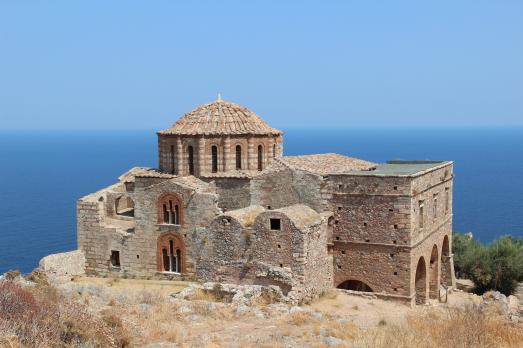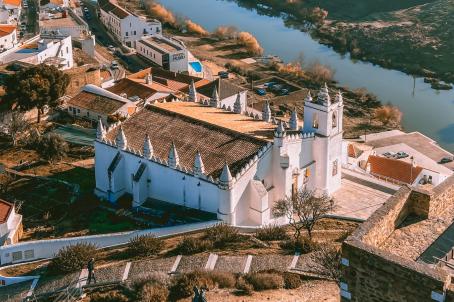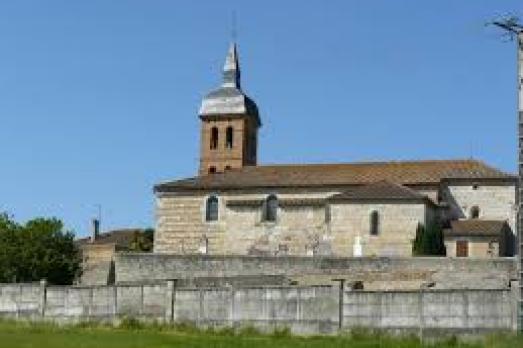
Church of des Mariniers
Saint-Sixte, FR
The Mariners Church is located in Saint-Sixte, in the region of New Aquitaine. In the 1500s, the population consisted mainly of mariners, giving the church its name. The church was built in the 16th century; then restored and enlarged in the last quarter of the nineteenth century. In 1821, the mariners built a new chapel adjoining the church and dedicated it to St. Catherine. Inside, visitors can admire an ex-voto of great rarity: the model of a nineteenth century sailboat.
